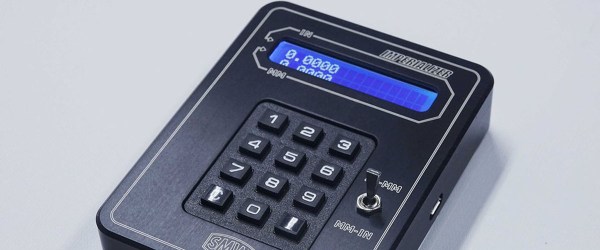The Air Hogs Sky Shark was a free-flying model airplane powered by compressed air. When it was released in the late ’90s, it was a fairly innovative toy featuring a strikingly novel compressed air engine made entirely out of injection molded plastic. Sales of these model planes took off, and landed on the neighbor’s roof, never to be seen again.
A few weeks ago, [Tom Stanton] revisited this novel little air-powered motor by creating his own 3D printed copy. Yes, it worked, and yes, it’s a very impressive 3D print. That build was just on a workbench, though, and to really test this air motor out, [Tom] used it to propel a remote-controlled plane through the air.
The motor used for this experiment is slightly modified from [Tom]’s original air-powered motor. The original motor used a standard 3-blade quadcopter prop, but the flightworthy build is using a much larger prop that swings a lot more air. This, with the addition of a new spring in the motor and a much larger air tank constructed out of plastic bottles results in a motor that’s not very heavy but can still swing a prop for tens of seconds. It’s not much, but it’s something.
The airframe for this experiment was constructed using [Tom]’s 3D printed wing ribs, a carbon fiber boom for the tail, and only rudder and elevator controls. After figuring out some CG issues — the motor doesn’t weigh much, and planes usually have big batteries in the nose — the plane flew remarkably well, albeit for a short amount of time.


















